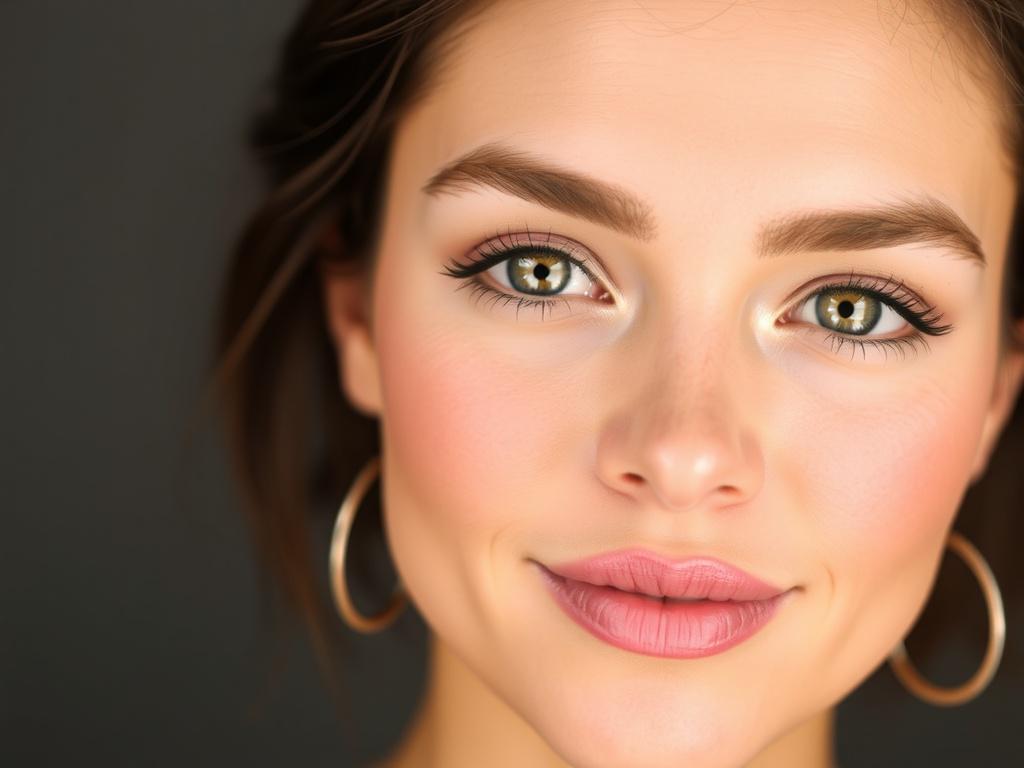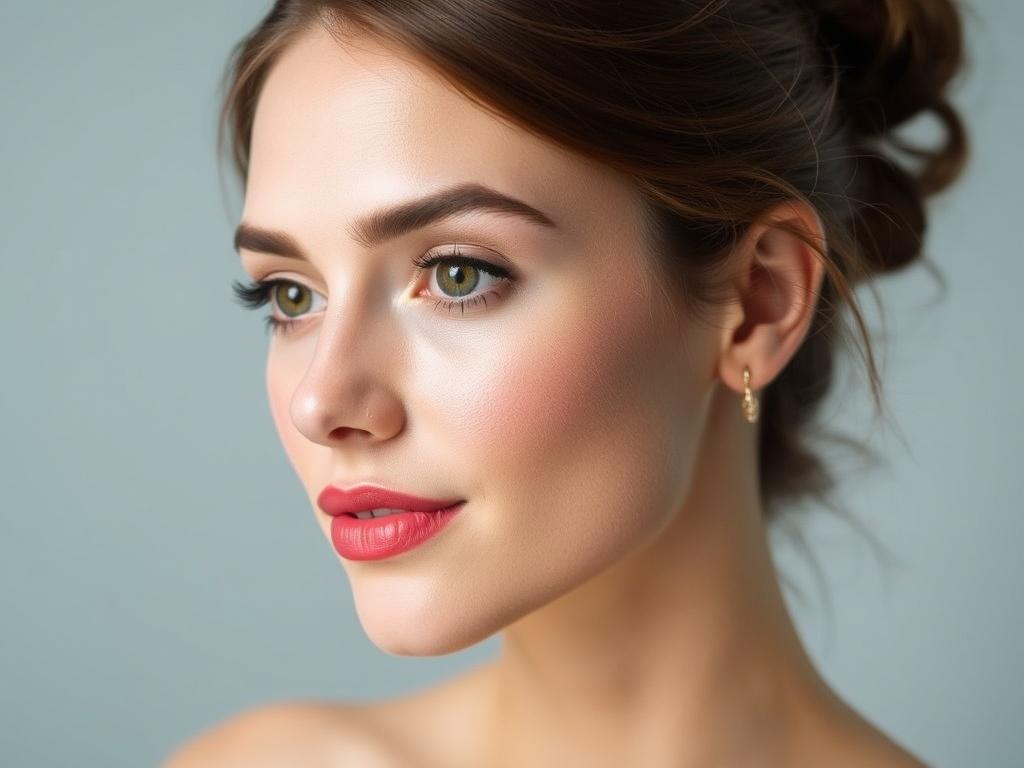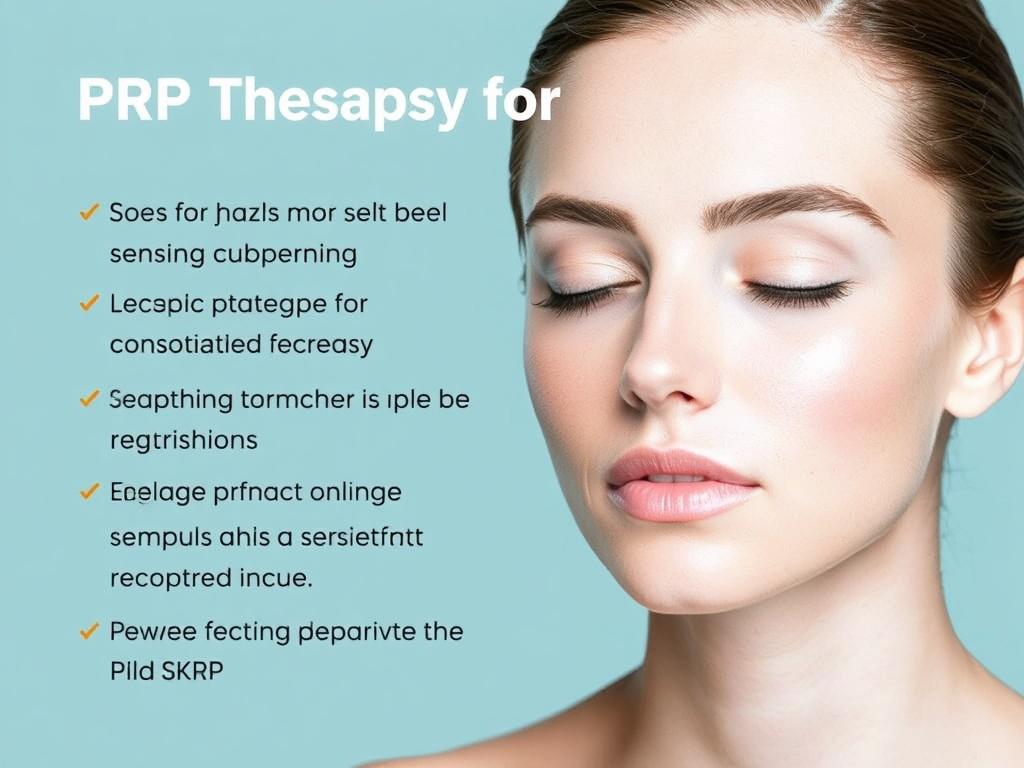Содержание статьи
- 1 What Is PRP Therapy and How Does It Work?
- 2 Why Choose PRP Therapy for Skin Rejuvenation?
- 3 The PRP Therapy Procedure: What to Expect
- 4 Who Can Benefit from PRP Therapy for Skin Rejuvenation?
- 5 Combining PRP Therapy with Other Skin Treatments
- 6 Understanding the Results and Longevity of PRP Therapy
- 7 Common Myths and Misconceptions About PRP Therapy
- 8 Cost Considerations and How to Choose the Right Provider
- 9 Potential Risks and Side Effects of PRP Therapy
- 10 Preparing for Your PRP Therapy Session
- 11 Frequently Asked Questions About PRP Therapy for Skin Rejuvenation
- 12 Future Trends in PRP Therapy and Skin Rejuvenation
- 13 Conclusion
In the world of skincare and anti-aging treatments, innovations come and go, but some breakthroughs catch the collective imagination like wildfire. One such treatment that has been gaining remarkable attention is PRP therapy for skin rejuvenation. You might have heard about it in celebrity circles or read about it in beauty magazines, but what exactly is PRP therapy, how does it work, and why is it becoming a trusted solution for youthful, glowing skin? This article dives deep into the science, benefits, procedures, and considerations associated with PRP therapy, offering you a complete guide to this fascinating skin rejuvenation method.
What Is PRP Therapy and How Does It Work?
PRP stands for Platelet-Rich Plasma, and the therapy utilizes components of your own blood to stimulate the skin’s natural healing and regeneration process. The idea might sound strange at first—drawing blood just to inject it back into your face or other areas—but there’s a solid scientific foundation behind it. Platelets, the tiny cells in your blood responsible for clotting, also contain powerful growth factors that can promote tissue repair and collagen production.
The PRP therapy process typically involves drawing a small amount of your blood, processing it in a centrifuge to concentrate the platelets and growth factors, and then injecting this platelet-rich plasma into the skin, targeting areas that need rejuvenation. These injections kick-start the skin’s repair mechanisms, encouraging the production of new collagen and elastin fibers that improve texture, firmness, and overall vitality.
Key Components in PRP Therapy
| Component | Role in Skin Rejuvenation |
|---|---|
| Platelets | Release growth factors that stimulate cell repair and collagen synthesis |
| Plasma | Provides a nutrient-rich medium that supports tissue healing |
| Growth Factors | Promote regeneration of skin cells and vascular structures |
Why Choose PRP Therapy for Skin Rejuvenation?

With many skin treatments available—from chemical peels and lasers to fillers and Botox—why is PRP therapy carving out such a prominent space in the skincare world? The answer lies in its natural approach, minimal risk profile, and versatile results. Unlike synthetic fillers or Botox, PRP therapy uses your body’s own elements, reducing the chance of allergic reactions or adverse effects. Moreover, because the procedure stimulates your skin’s innate healing response, the results tend to look natural rather than artificially altered.
Another compelling reason to choose PRP therapy for skin rejuvenation is its broad scope of benefits. It doesn’t just treat one issue but addresses multiple skin concerns including fine lines, wrinkles, dullness, uneven texture, and even acne scars. Many people turn to PRP therapy as a holistic “reset” for their skin.
Advantages of PRP Therapy for Skin Rejuvenation
- Natural and biocompatible treatment using your own blood components
- Minimal downtime and side effects
- Improves skin texture, tone, and elasticity
- Reduces fine lines, wrinkles, and scars
- Stimulates collagen and elastin growth for long-term rejuvenation
- Can be combined with other treatments for enhanced results
The PRP Therapy Procedure: What to Expect
Thinking about trying PRP therapy for skin rejuvenation? Understanding the procedure step-by-step will help you feel more comfortable and confident. The treatment is usually performed in a dermatologist’s office or a medical spa by qualified professionals.
Step 1: Blood Draw
The process begins with drawing about 10-20 ml of blood from your arm, similar to a routine blood test. The amount varies depending on the extent of the treatment area.
Step 2: Centrifugation
The collected blood is placed in a centrifuge—a machine that spins at high speed—to separate the platelet-rich plasma from red blood cells and other components. This separation usually takes 10-15 minutes.
Step 3: Preparing the Skin
Your skin will be cleansed thoroughly, and a topical anesthetic may be applied to reduce discomfort during the injections.
Step 4: Injection of PRP
The platelet-rich plasma is injected into targeted areas using fine needles. These injections stimulate the skin’s regenerative processes.
Step 5: Post-Treatment Care
You might experience slight redness, swelling, or tenderness which typically resolves within a few days. Your provider will recommend aftercare instructions to maximize benefits.
Who Can Benefit from PRP Therapy for Skin Rejuvenation?
PRP therapy is versatile and suitable for a wide range of individuals seeking to enhance their skin’s appearance. Whether you are in your late 20s wanting to maintain youthful skin or in your 50s aiming to refresh and restore texture, PRP therapy can be tailored to your needs.
People with early signs of aging such as fine lines, mild wrinkles, or uneven skin tone find PRP extremely beneficial. Those with acne scars or sun-damaged skin also report noticeable improvements. Even individuals with sensitive skin, who may not tolerate harsh chemical treatments or lasers well, see PRP as a gentle, effective option.
However, it’s important to mention that PRP therapy might not be suitable for everyone. People with blood disorders, infections, or certain medical conditions should consult their healthcare provider before undergoing treatment.
Ideal Candidates for PRP Therapy
- Individuals seeking natural skin rejuvenation without synthetic fillers
- Those with early signs of aging such as dullness, fine lines, and wrinkles
- Patients looking to improve texture from acne scars or sun damage
- People with sensitive or reactive skin types
- Patients wanting a minimally invasive treatment with little downtime
Combining PRP Therapy with Other Skin Treatments
One of the most exciting aspects of PRP therapy for skin rejuvenation is how it complements other skincare procedures. Many dermatologists enhance results by combining PRP therapy with microneedling, laser treatments, or even dermal fillers.
Microneedling creates tiny controlled micro-injuries in the skin, encouraging collagen production. When paired with PRP injections, the growth factors amplify the skin’s healing response, boosting overall rejuvenation. Similarly, combining PRP with laser resurfacing treatments can speed up recovery times and optimize results. Dermal fillers can add volume and structure, while PRP works on the skin’s texture and elasticity.
| Treatment Combination | Benefits | Common Use Cases |
|---|---|---|
| PRP + Microneedling | Enhanced collagen production and faster healing | Scar reduction, skin texture improvement |
| PRP + Laser Resurfacing | Improved recovery, amplified rejuvenation | Wrinkles, pigmentation, sun damage |
| PRP + Dermal Fillers | Volume restoration with skin quality enhancement | Fine lines, facial contouring |
Understanding the Results and Longevity of PRP Therapy

One of the best parts about PRP therapy for skin rejuvenation is the natural, gradual improvement in your skin’s appearance. Unlike instant but short-lived effects from makeup or some fillers, PRP works by enhancing your skin’s own biological functions. Most patients see improvements in skin texture, tone, and elasticity beginning a few weeks after the treatment as collagen builds up.
Typically, multiple sessions spaced 4-6 weeks apart deliver the best results. Many providers recommend an initial series of 3-4 treatments, followed by maintenance sessions annually or biannually, depending on individual skin goals.
It’s important to have realistic expectations: PRP therapy is not a magic wand but rather a powerful tool in a comprehensive beauty routine. The longevity of results depends on factors such as age, lifestyle, and environmental exposure.
Timeline of Skin Improvement After PRP Therapy
| Time After Treatment | Typical Skin Changes |
|---|---|
| 1-2 Weeks | Reduction in redness, subtle improvement in texture |
| 3-6 Weeks | Increased collagen production, reduction in fine lines |
| 2-3 Months | Noticeable improvement in skin firmness and glow |
| 6-12 Months | Maintained or enhanced skin rejuvenation with follow-up treatments |
Common Myths and Misconceptions About PRP Therapy
With rising popularity, PRP therapy has also attracted its share of myths and misunderstandings. Clearing these up will help you make an informed decision.
- Myth: PRP therapy is painful and requires long recovery.
Reality: Most patients report mild discomfort during injections and minimal downtime, often resuming normal activities the same day. - Myth: PRP therapy results are immediate and dramatic.
Reality: PRP delivers gradual, natural improvements over weeks to months, reflecting the body’s healing timeline. - Myth: PRP can cause allergic reactions.
Reality: Since the therapy uses your own blood components, allergic reactions are extremely rare. - Myth: PRP therapy only works for older patients.
Reality: People of various ages with different skin concerns can benefit from PRP, customizing protocols for each individual.
Cost Considerations and How to Choose the Right Provider
PRP therapy for skin rejuvenation is an investment in your skin health and appearance, but how much does it cost, and what should you keep in mind when selecting a provider? Pricing varies widely depending on the geographic location, the expertise of the provider, and the number of treatment sessions required. On average, a single PRP treatment can range from $500 to $1500.
When choosing a provider, it’s essential to prioritize experience and qualifications over cost alone. Look for practitioners who are board-certified dermatologists or plastic surgeons with specific training in PRP therapy. Reviews, before-and-after photos, and initial consultations are valuable tools to assess whether a provider’s approach matches your expectations.
Factors Influencing PRP Therapy Costs
| Factor | Impact on Cost |
|---|---|
| Location | Urban centers often have higher prices than smaller towns |
| Number of Sessions | Multiple treatments increase total cost but improve results |
| Provider Expertise | Experienced specialists may charge premium rates |
| Combination Treatments | Adding microneedling or lasers increases overall fees |
Potential Risks and Side Effects of PRP Therapy

Because PRP therapy uses your own blood, serious side effects are uncommon, making it a relatively safe procedure. Still, as with any treatment involving injections, some mild temporary side effects can occur.
- Redness and swelling at injection sites
- Mild bruising or tenderness
- Rare risk of infection if treated improperly
- Temporary discoloration or itchiness
Following your provider’s instructions for post-treatment care and attending follow-up appointments will reduce most risks and ensure a smooth recovery.
Preparing for Your PRP Therapy Session
To get the most out of your PRP therapy for skin rejuvenation, there are a few things you can do before your appointment. Avoiding anti-inflammatory medications such as aspirin or ibuprofen in the days before speed recovery is sometimes recommended, as they can interfere with platelet function. Staying hydrated, getting sufficient rest, and avoiding excessive alcohol help your body respond better to the treatment. Discuss your complete medical history with your provider to rule out contraindications.
Frequently Asked Questions About PRP Therapy for Skin Rejuvenation
- How long does a single PRP treatment take?
Typically, the entire procedure, including blood draw and injections, takes about 45-60 minutes. - Is PRP therapy only for the face?
No, PRP can be used on the neck, hands, décolletage, and other areas prone to aging or scarring. - When can I expect to see results?
Initial improvements may appear 2-3 weeks post-treatment, with continued enhancement over 3 months. - Are the results permanent?
Results are long-lasting but maintenance treatments are recommended to sustain skin rejuvenation.
Future Trends in PRP Therapy and Skin Rejuvenation
As research progresses, PRP therapy continues to evolve with new techniques and combinations expanding its potential. Emerging studies explore enhanced PRP formulations, combining it with stem cells or peptides for even more robust skin regeneration. Additionally, advancements in centrifuge technology improve the quality and consistency of platelet concentration, making treatments more effective and personalized.
We can expect PRP therapy for skin rejuvenation to become even more integrated with personalized skincare approaches, where treatments are tailored not just to age or skin type but to genetic markers and individual tissue responses—ushering in a new era of precision aesthetic medicine.
Conclusion
PRP therapy for skin rejuvenation offers an exciting, natural, and versatile approach to enhancing your skin’s appearance and health. By harnessing your body’s own growth factors, the treatment stimulates a process of regeneration that addresses multiple aging and skin damage concerns, from fine lines and wrinkles to scars and uneven texture. While it may require several sessions and patience to see substantial results, many find that PRP therapy delivers a safe, minimally invasive alternative to harsher cosmetic procedures. As the science evolves and techniques improve, PRP may well become a cornerstone in personalized, effective skincare routines. Whether you seek subtle maintenance or a more noticeable skin transformation, understanding PRP therapy empowers you to make informed, confident decisions on your path to radiant skin.

